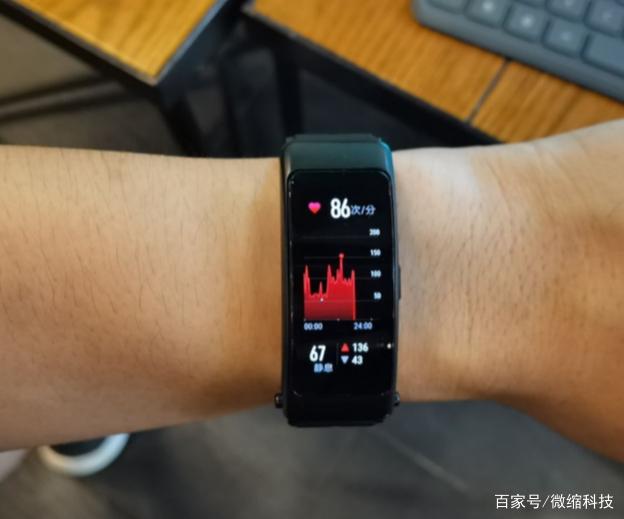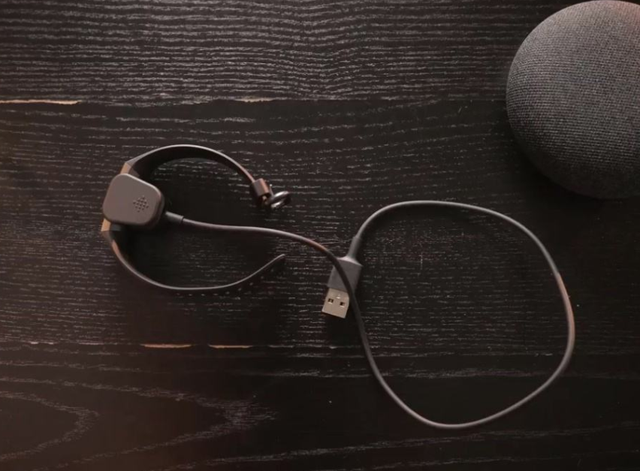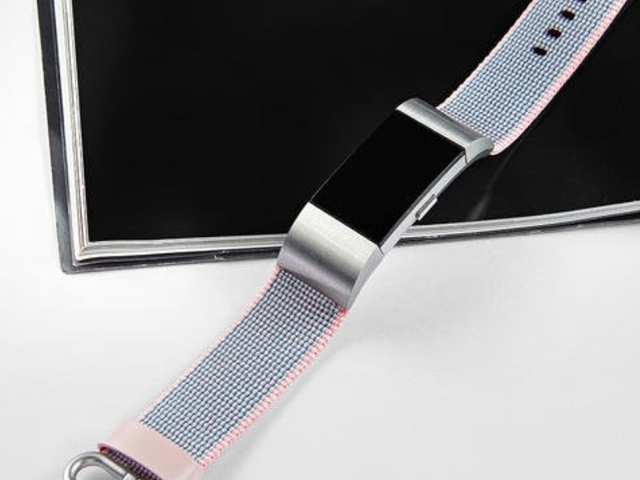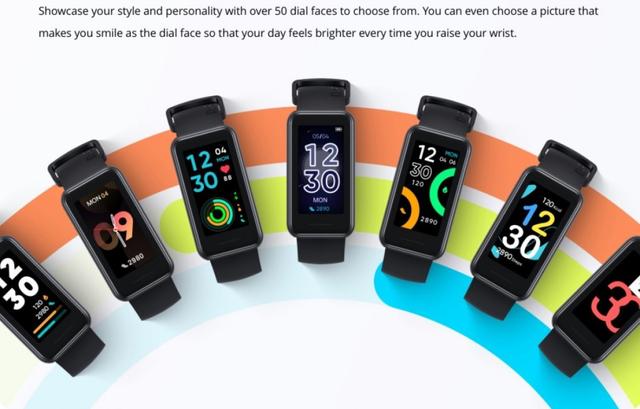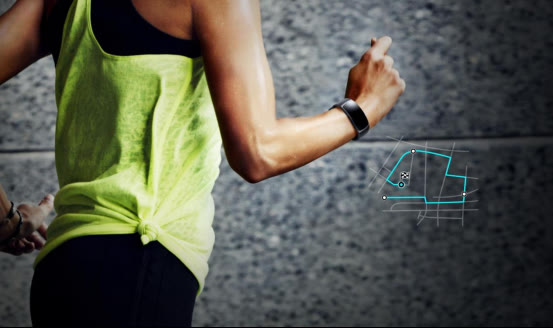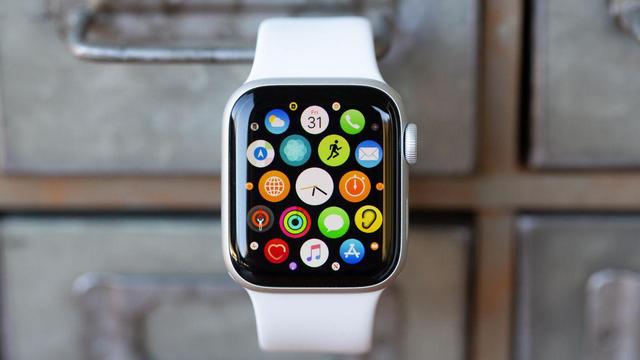Today is World Sleep Day. The problem we are facing is that society is progressing and sleep is regressing. According to a survey conducted by the Guangdong Mental Health Center, 18.7% of adults in Guangdong Province have poor sleep quality. Wearing smart watchs is very popular now. Is it reliable to monitor sleep quality? Wang Shibin, deputy director of the Public Health Department of Guangdong Mental Health Center, said that smart watchs can assist health management, but they do not have clinical reference value. Patients with sleep disorders also need to go to the hospital for polysomnography monitoring.
Sleep is divided into 4 stages
To clarify the question of whether the smart watch monitors the quality of sleep is reliable, we must first understand the physiological characteristics of sleep. According to Wang Shipin, according to sleep depth and eye movements during sleep, sleep is divided into waking period, light sleep period, deep sleep period and rapid eye movement sleep period in medicine. Among them, the light sleep period and the deep sleep period are collectively called non-rapid eye movement sleep, and the rapid eye movement period is what we often call the dreaming period.
During sleep, people can record a series of brain electrical activities on the scalp through electrodes, which are manifested as changes in cortical electroencephalogram activities; in addition, they can also be manifested as an individual's autonomic neuroregulation in response to the external environment, which is reflected in myocardial function and circulatory system. , Digestive system and other system changes.
Photo by Southern Metropolis reporter Feng Zhoufeng
The credibility of smart watch monitoring sleep is not high
At present, the design principle of smart watch monitoring sleep is based on the estimation of the above 4 sleep stages. There are two main types: the first is to estimate the state of wakefulness or sleep by sensing the characteristics of body movement through the acceleration sensor in the bracelet. During light sleep, the human body will produce a certain amount of slight movement. The smart watch will detect the body movement at this time and will determine that the wearer is in a light sleep state; during deep sleep, the muscles of the person will relax and the limbs will usually not move significantly. If the sleep bracelet records less body movement, it is judged that the wearer is in a deep sleep state. "However, smart watchs based on this principle have a disadvantage, that is, people may lie in bed awake for a long time without moving their bodies. At this time, the smart watch will mistakenly judge the awake time as the sleep time." Wang Shibin believes that if When the wearer turns over in deep sleep, the smart watch will be judged as light sleep. Therefore, the reliability of sleep data calculated only based on body movement is not high.
The second type of smart watch integrates the central nervous system by installing a variety of biological sensors, such as skin temperature sensors, photoplethysmography sensors, and motion sensors that can support sleep stage classification, and continuously record body temperature, heart rate, body movement and other biological signals. And autonomic nervous system data to monitor and stage sleep. Wang Shibin emphasized that although this type of bracelet can monitor a variety of biological signals, it still does not have the function of monitoring EEG and eye movements, and its sensitivity and specificity are still not ideal.
Patients with sleep disorders should go to the hospital for monitoring
"The current Willful smart watchs with sleep monitoring function are mainly sleep monitoring auxiliary devices designed for consumers, which can reflect the general situation of sleep to a certain extent, assist health management, and cannot meet the purpose of clinical monitoring and diagnosis." Wang Shibin believes For patients with sleep disorders such as insomnia, sleep apnea syndrome, restless legs syndrome, etc., the data of the sleep bracelet does not have clinical reference value.
If patients with sleep disorders want to know the exact situation of their sleep, they also need to go to the hospital for polysomnography. Polysomnography (PSG) is a "gold standard" tool for monitoring sleep in clinical medicine. It uses electrodes to monitor brain electricity, eye electricity, mandibular electromyography, respiration, heart rate, blood oxygen saturation, body position, and lower limb electromyography. It continuously records neurophysiological, cardiopulmonary and other physiological parameters throughout the night, provides qualitatively and quantitatively sleep-related physiological indicators of multiple systems or organs, and staging sleep can support the diagnosis of sleep disorders.







